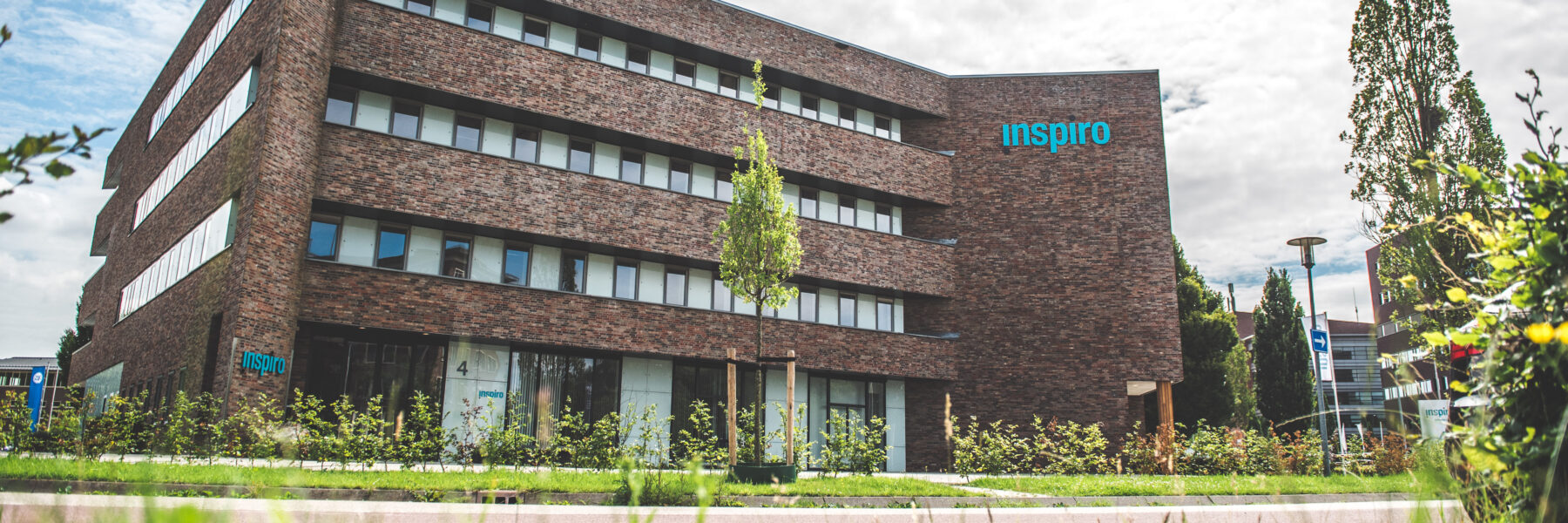What are the typical hardware limitations in embedded systems?
Embedded systems are known for their specific hardware limitations. Often, these systems are designed with limited memory capacity, which affects the way embedded software development takes place. Programmers must efficiently manage the available memory space to ensure that the software runs smoothly and reliably.
Additionally, the processing power of embedded systems is usually more limited than that of traditional computers. This means that the software must be optimized to function within the processor's capacity. Energy efficiency is also a crucial factor, especially in battery-operated applications. Developers need to design software that minimizes energy consumption to extend the device's lifespan.
How do real-time requirements affect the development process?
Real-time requirements pose a unique challenge in the world of embedded systems. These requirements demand that systems respond quickly and consistently to external events, directly influencing programming practices and strategies. Developing embedded systems therefore requires thorough planning and testing to ensure that all processes are executed within the set time limits.
Programming strategies such as priority-based task scheduling and the use of real-time operating systems (RTOS) are often necessary to meet these requirements. This ensures that critical processes are prioritized and system performance is not impacted by less urgent tasks.
What role does software optimization play in embedded systems?
Software optimization is essential in embedded systems due to their limited resources. It is crucial that the software operates as efficiently as possible to maximize system performance. This includes minimizing memory usage and optimizing code to reduce processing time.
At Inspiro, a lot of attention is given to software optimization during the development process. By using advanced techniques and methodologies such as agile scrum, we ensure that the final solution is not only functional but also efficient and effective within the given hardware limitations.
How do you effectively integrate hardware and software?
The integration of hardware and software is one of the biggest challenges in the development of embedded systems. It is essential that both components work seamlessly together to achieve the desired functionality. This requires a multidisciplinary approach where systems engineering, electronics development, and software development closely collaborate.
At Inspiro, we approach the integration of hardware and software with a holistic approach, utilizing techniques such as co-development. This means that we work directly with our clients to ensure that the final solution meets their specific requirements. With our extensive experience in both hardware and software, we are capable of successfully executing complex projects.
What are the safety and security issues in embedded systems?
Safety and security are critical aspects of embedded systems, especially when these systems are connected to the internet (IoT). Securing data and preventing unauthorized access are of utmost importance to ensure the integrity and reliability of the system.
At Inspiro, we place a strong focus on developing secure and robust solutions. We implement advanced security measures such as encryption and authentication to ensure that our solutions can withstand potential threats. Safety is not just a technical requirement but also an integral part of our design and development process.
